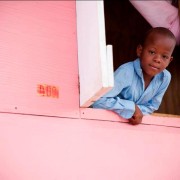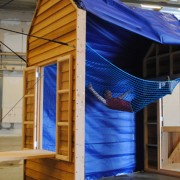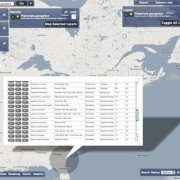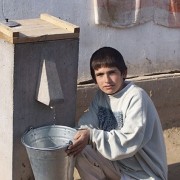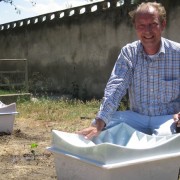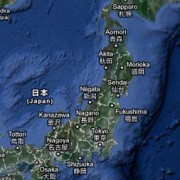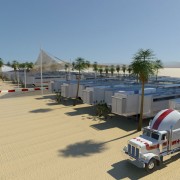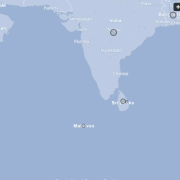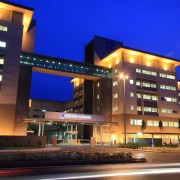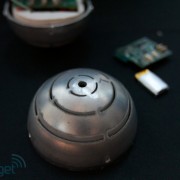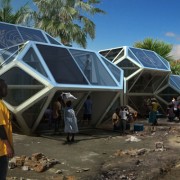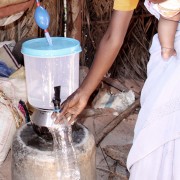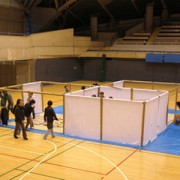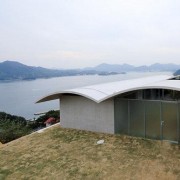This website uses cookies so that we can provide you with the best user experience possible. Cookie information is stored in your browser and performs functions such as recognising you when you return to our website and helping our team to understand which sections of the website you find most interesting and useful. More information about our Cookie Policy
-
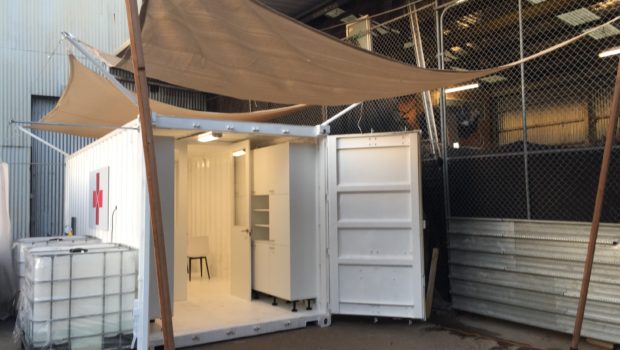
Covid-19 rapid deployment test centre
Two of the most pressing needs worldwide in the coronavirus pandemic are for more hospital beds and testing centres. No country in the world has enough hospital beds or intensive-care unit (ICU) beds for a pandemic. We need structures that can be quickly and easily assembled, are inexpensive and meet technical requirements. Architects have always […]
-

Biodiversity conservation and business
The biological diversity makes our lives livable in the planet trough an array of ecological processes which provide us vital products and services, such as foods and materials that contributes to the economy. Although, factors such as habitat destruction, biological invasion and climate change have been taken numerous species to extinction. The lasting natural areas […]
-
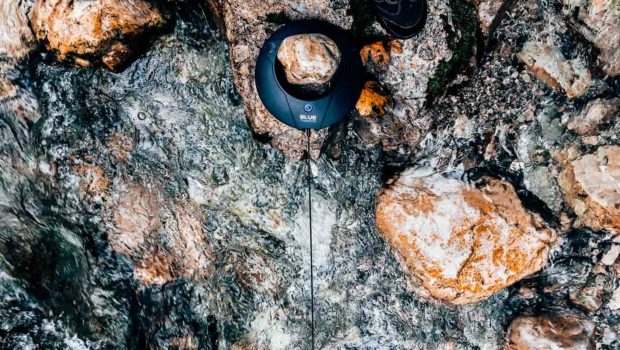
Blue Freedom – Providing reliable first aid electricity from hydropower
Electrical power supply is among the first critically important services in disaster areas. Especially natural disasters such as hurricanes, earthquakes or floodings lead to a destruction of the installed power grid and portable electricity becomes indispensable. One innovative solution is Blue Freedom Portable, a lightweight hydropower generator with 5W output capacity. With a weight of […]
-
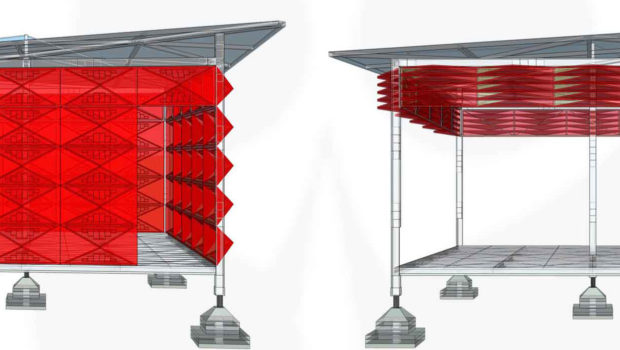
Transition of Shelters – Portable Emergency Shelter
Migratation of refugess are indeed a serious disruption of the functioning of a community or a Society involving widespread human, material, economic or environmental losses and impacts, which exceeds the ability of the affected community or society to cope using its own resources. It affects both physically and mentally. It also causes health and safety […]
-
Inflatable Refugee Tents
A new refugee tent has been designed by the team at M2B Inflatable in Sofia, Bulgaria. This refugee tent is inflatable and will offer an affordable, dignified and practical shelter against extreme weather. The inflatable tent provides immediate emergency housing solutions and adapts to any disaster area. The inflated walls of the tent will offer […]
-
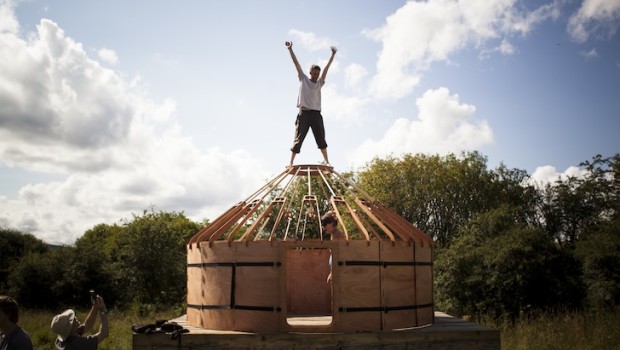
The Modern Yurk – A Possible Design for Relief Scenarios?
The Scottish company Trakke has redeveloped the nomadic yurt shelter and created the Jero Yurt. The temporary housing innovation is a lightweight dwelling that pops up and was designed to be used for events such as backyard parties or off-grid camping experiences with a modern twist. The Jero’s compact design even allows it to be […]
-
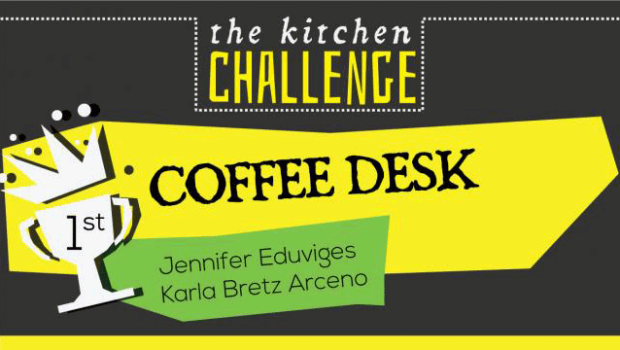
innonatives first challenge winners 2015
The innonatives team is proud to present the first winners of the first completed innonatives challenge. Please see here for the winning solutions of the Sustainable Kitchen challenge http://innonatives.com/challenge/sus-brazil/solutions-sorted/winners Congratulations to the winners !!! Your innonatives Team
-
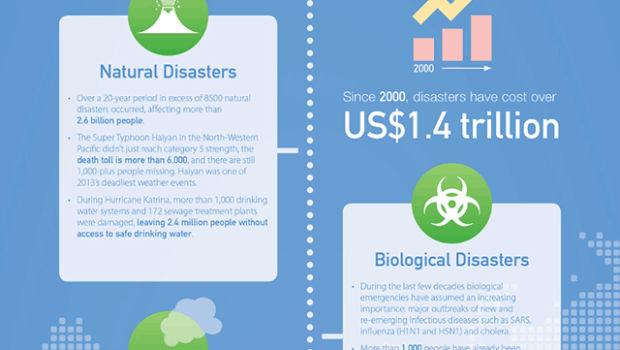
AIDF Disaster relief infographic d4d
Download & share the #infographic on the importance of #PPPs & #tech in disaster management: http://bit.ly/1qj6Evn http://ow.ly/i/6Ku5d
-
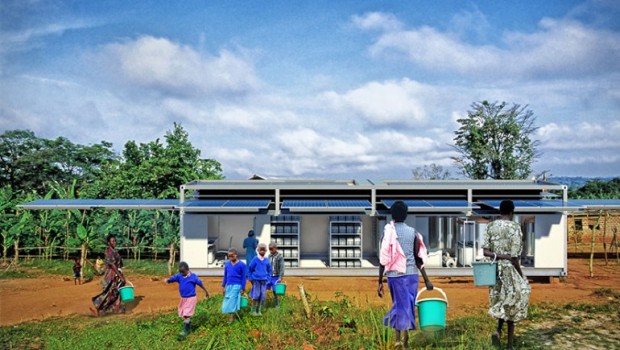
PowerCube Pop-up Solar Generator Provides Relief to Disaster-Struck Areas
It was seven years ago that Ecosphere Technologies revealed its first iteration of a self-contained relief unit for disaster-struck areas. The company has since been busy refining the system’s form and function and has now announced the completion of what it says to be the world’s largest deployable solar power generator. Capable of generating 15 […]
-
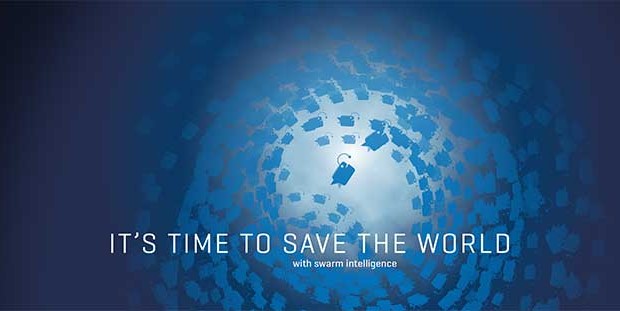
Sustainability Maker needs you !
Join the next big thing! Attend the first Sustainability Maker Convention, the world’s first conference on Open Innovation, Crowd Sourcing and Crowd Funding for Sustainability. Be among the first to witness the start of the next Sustainability innovation movement and to know about the www.innonatives.com open innovation for Sustainability platform. Registration Please register online before October […]
Most important and featured
Vaccine
The medical companies Quadrant Holdings (UK) and Chiron Vaccines (USA) have developed a new vaccination substance based on Trehalose that is resistant to temperature. Standard vaccinations are not resistant to ambient temperatures, they need to be cooled in order to be implemented for vaccination campaigns. This cooling requires a special effort in rural areas of […]
Phytocorps
Phytocorps is an educational project about Phytoremediation with application and impact in Rhode Island, USA, at the site of a chemical accident. In October 2004, youth found large quantities of mercury in an abandoned mercury reclamation area bordering the river’s edge in Pawtucket, Rhode island, which resulted in a community wide evacuation. Investigating the demographics […]
Non-Electric Incubator for Premature Infants
In the developing world every year almost one million infants die in their first month of life due to the results of premature birth, heat loss and dehydration. To address this problem, the non-electric premature incubator is adapted to conditions in developing countries. Modern high tech incubators don’t adequately serve the developing world, because they […]
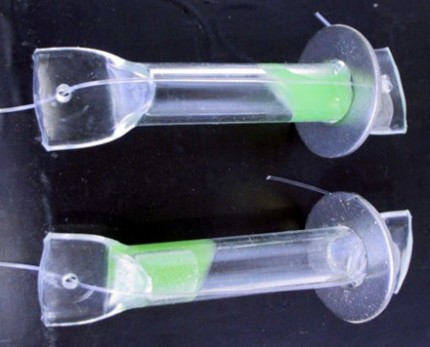
WAPI
Water Pasteurization Indicator (WAPI) The Indicator is a simple device that uses the melting point of a special kind of soy wax as an indicator for water pasteurization. The heating of water or milk to kill disease-causing organisms is known as pasteurization. A temperature of more than 65°C is sufficient for the elimination of microbes, […]
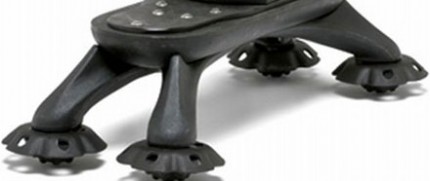
Spider Boot
Spider Boot Antipersonnel Mine Foot Protection System The Spider Boot is a foot protection device for demining activities that is used in combination with conventional demining protection gear. The protection of the foot is enhanced by lifting the boot up from the ground with a platform, creating distance from the source of the blast. The […]
Minus Mines
The mine detector “Minus Mines” employs a new method of landmine detection, using a method for electro-chemical sensation of TNT in the air, comparable to the a sniffer dog detects smell. Landmines are one of the cruelest representations of aftermaths of war: worldwide 100 million people are buried in former regions of war because of […]
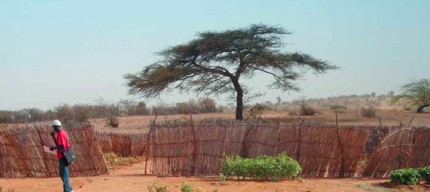
Sahel Project – SilicateTechnology
The Sustainable Economy Initiative of the Austrian Federal Ministry of Transport, Innovation and Technology has developed a silicate technology to improve the water storage properties of marginal soils in the Sahel region of Africa. The concept of the silicate consists of combining the positive aspects of two different kinds of soil. Sandy soils have a […]
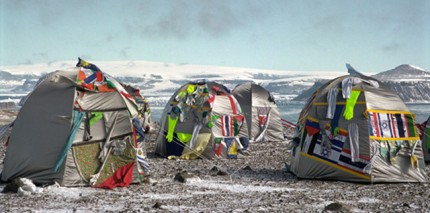
Refugee Wear
Refugee Wear / Body Architecture by Lucy Orta Since the early 90s, British born, France residing, Lucy Orta engages in designing garments for refugees and homeless people that can be transformed into tents as an artistic statement about their situation. Inspiration was evoked by the miserable situation of Kurds fleeing Irak in the early 90s. […]
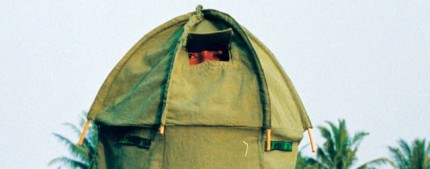
Mella Jaarsma
Mella Jaarsma is a Dutch-Indonesian artist who creates clothing for installations and performances that deal with the themes of ethnic differences and the situation of refugees. Born in 1960 in Emmeloord, The Netherlands, the Dutch artist moved to Jakarta, Indonesia, in 1984, where she has been living ever since and now works both as an […]
Together for Girls
Together for Girls – Designers on a Mission The Sportswear company Nike initiated a project in cooperation with the UNHCR and Care to design sportswear for Somalian refugee girls. The project took place in the Dadaab refugee camp in Kenya where 140.000 Somalian refugees fled due to the crisis in 1991/92. The population is Muslim, […]
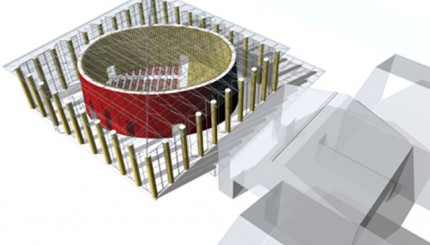
Paper Tube Housing by Shigeru Ban
Japanese architect Shigeru Ban designs intermediate emergency shelters made of paper tubing. He began working with cardboard tubing in cooperation with the UNHCR during the humanitarian crisis of war-torn Rwanda in 1994. Before his work, refugees were provided with aluminum poles and plastic sheeting for shelter construction. But as the aluminum poles gained good prices […]
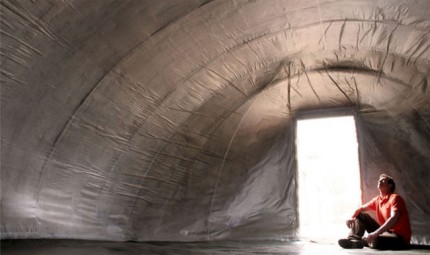
Concrete Canvas
The British industrial design firm Crawford Brewin Ltd. developed a semi-permanent shelter for relief aid out of a material called concrete canvas. The package of materials for constructing the shelter consists of a canvas stained with a dry cement ratio united by a PVA adhesive and an inner layer of plastic sheeting, sealed in a […]
